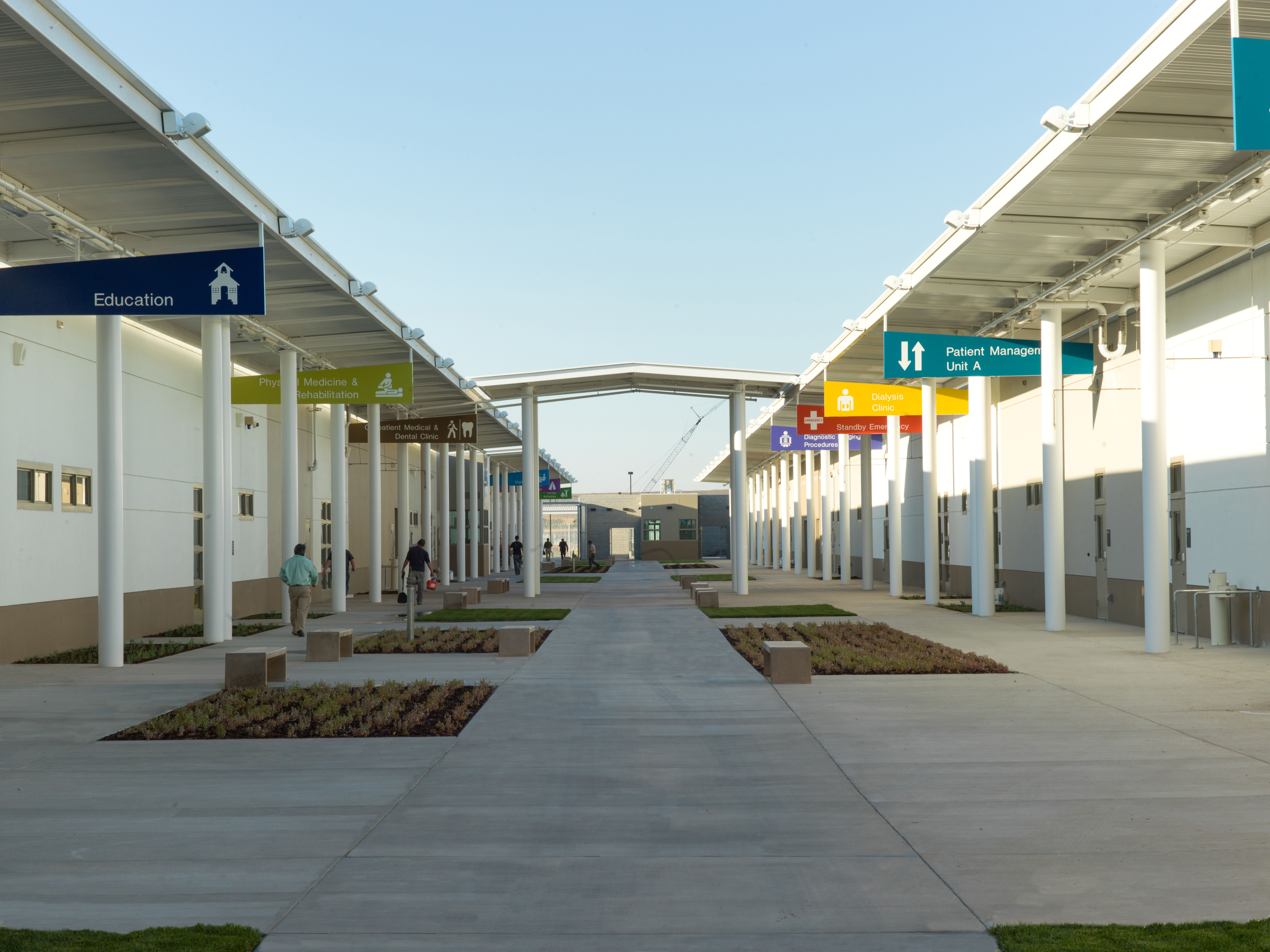Issue 2 of 2015
With the advent of Building Information Modeling (BIM), design-builders found another tool to enhance their practice. Its usefulness is implemented in two ways: in fostering collaboration and in the planning process.
Since design-build is founded on cooperation and collaboration, effective use of BIM supplements and enhances the process. While co-location of the design-build team is optimal for establishing a collaborative environment, it is not always possible. In situations where an important team member cannot be on site, having all the plans, specifications and other working files online is the next best thing. BIM overcomes the problems of distance and time zones, so that anyone on the team can review the files and note any changes, make their own changes and stay on track with the rest of the team.
Design-build best practices rely on spending a significant amount of time up front planning the project, on the adage of “measure twice, cut once.” BIM allows the team to use 3D representations of the project to spot conflicts and elements that would not work. By investing time in BIM, the team can work out any issues before they reach the construction phase, reducing change orders so that time and materials aren’t wasted building something that isn’t going to work. Additionally, in cases where wiring, ventilation and plumbing can be planned to run along structural supports, rather than having to carve out space (as has happened in the past before BIM), the strength and integrity of those structural elements can be enhanced.
Two projects – both 2014 DBIA Project/Team Award winners – exemplify the effective use of BIM under challenging circumstances. One, the Wilsonville Wastewater Treatment Plant Improvements Project (WWTP), faced having to update an aging facility to meet new, higher standards, while allowing not only for changes to those standards in the future, but accommodating changes in progress at the time of design and construction. WWTP also had to deal with a congested worksite amid protected land. The other, the California Health Care Facility in Stockton (CHCF), was using two joint venture design-build teams (Clark/McCarthy and Granite-Hensel Phelps) to meet extremely tight deadlines, meaning that both teams had to be synchronized with little or no margin for time lag.
The Wilsonville Wastewater Treatment Plant Improvements Project utilized BIM from the start. CH2M HILL, the design-builder, uses BIM as a standard practice. They started off with a BIM model of the existing plant. From that point, CH2M HILL used their chosen design suite to keep all stakeholders updated as to their progress. Plans, 3D models and all information were quickly and easily shared. The City of Wilsonville required “over the shoulder” reviews at the 30, 60 and 90 percent stages and upon completion.
“BIM really made a difference for us on the Wilsonville WWTP project,” said CH2M Project Manager Robert Pieper. “We were building within the footprint of an operating facility, and being able to visualize potential construction impacts helped drive design decisions and streamline our construction work once we mobilized to the site.”
Once the project shifted from construction to operations, the BIM model has flexibility to assist with facility management systems. Operations personnel for past projects requested specific information for those plants, for example for the pipe system, including pipe pressure, the chemical content of those pipes and flow directions based upon a plant-wide grid system. Knowing that this information may be required in the future, the software can be set up to extract if needed. Having information needed for operations and maintenance contained in a BIM database has significant advantages over having to rely on a printed manual. Not only is it more easily searchable and harder to lose or damage, it can also be updated with any future modifications to the facility.
At the California Health Care Facility (CHCF) in Stockton, BIM was used from the beginning. Although the teams and stakeholder representatives were in the same location, the two design-build teams were operating independently. The teams coordinated models for 14 different building types and the site in just eight months. Again, as DBIA’s Design-Build Best Practices advise, both teams and trade foremen were involved. They held animation reviews to match progress with scheduled activities. And the teams could use BIM to lead owner representatives on a virtual tour, allowing them to see what the project would look like before elements were constructed in order to spot where changes were needed.
The CHCF facility was complicated by the spectrum of needs for end users. It would provide physical and mental health and rehabilitation services for prisoners requiring all levels of security. And, again, BIM allowed the design-builders to create a facility management plan for future operations and management. For this project, the design-builders bar coded and catalogued more than 50,000 pieces of equipment and products, from the HVAC system to spare parts. The system’s maintenance module will prompt the facility managers when certain items need to be replaced, updated or maintained. It will also track asset values, resource schedules and space utilization.
Building Information Modeling has proved its usefulness. It saves time, it saves money and it helps produce a better end result. Especially when all stakeholders – with their own unique perspectives – are involved early on, problems can be spotted and corrected before they are built in place and require either modification or a complete tear-out and replacement. Or, worse, when a problematical element is not seen before it’s built in, and a failure results in costing lives. That’s the importance of BIM, and that’s why projects and teams who used it to the fullest had a higher chance of winning DBIA’s Design-Build Project/Team award.

